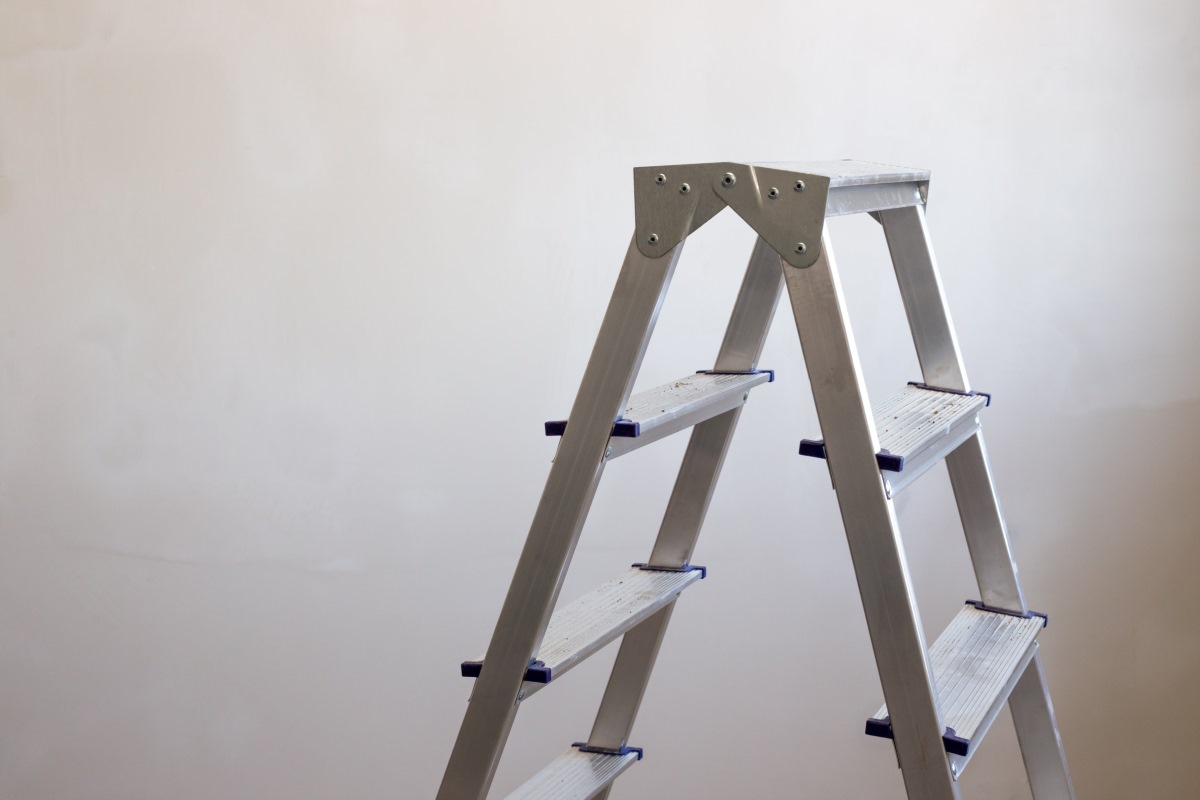

Articles
What Are Step Ladders Used For
Modified: April 22, 2024
Looking for articles about step ladders and what you can do with them? Find informative and helpful articles on various uses and types of step ladders.
(Many of the links in this article redirect to a specific reviewed product. Your purchase of these products through affiliate links helps to generate commission for Storables.com, at no extra cost. Learn more)
Introduction
Step ladders are essential tools in various industries and households for reaching heights and completing tasks safely and efficiently. These versatile structures allow users to access elevated areas, perform maintenance work, and complete various projects with ease. Whether you are a professional tradesperson or a DIY enthusiast, having a reliable step ladder is crucial to ensure your safety and productivity.
In this article, we will explore the world of step ladders, discussing their uses, safety precautions, types available, factors to consider when choosing one, and proper care and maintenance techniques. By the end of this article, you will have a comprehensive understanding of step ladders and be better equipped to make informed decisions when it comes to selecting and using these valuable tools.
So, let’s dive in and discover everything you need to know about step ladders!
Key Takeaways:
- Step ladders are versatile, self-supporting structures designed for a wide range of tasks, from household chores to construction work. Their portability, stability, and safety features make them indispensable tools for professionals and DIY enthusiasts alike.
- Prioritizing safety is crucial when using step ladders. Following proper safety precautions, choosing the right ladder for the task, and maintaining it regularly are essential for minimizing the risk of accidents and ensuring longevity and reliability.
Read more: How To Use A Step Ladder
Understanding Step Ladders
Step ladders are self-supporting structures with fixed steps or rungs on one side, providing users with a stable platform to stand on while working at elevated heights. These ladders are designed to be free-standing and do not require support from a wall or any other structure. They typically consist of two vertical legs connected by horizontal steps, allowing users to climb them from either side.
One of the key features of step ladders is their simplicity and ease of use. They are designed to be self-supporting, which means they can stand freely without the need for a leaning or supporting surface. This makes them highly portable and versatile, as they can be easily moved and positioned wherever needed.
Step ladders come in various sizes, with heights ranging from a few feet to several feet, allowing users to choose the right ladder based on their specific needs. They are usually made of sturdy materials such as aluminum or fiberglass, providing stability and durability.
These ladders are commonly equipped with anti-slip features on the steps, providing a secure footing for users. Some step ladders also come with additional features like handrails, tool trays, or platforms for added convenience and safety.
Step ladders are suitable for a wide range of applications. From simple household tasks like changing light bulbs or reaching high shelves to more complex tasks such as painting, maintenance work, or construction projects, step ladders are an indispensable tool in various industries and settings.
Now that we have a basic understanding of what step ladders are and their general features, let’s explore the common uses of these versatile tools in the next section.
Common Uses of Step Ladders
Step ladders serve a multitude of purposes in both professional and personal settings. Their versatility makes them indispensable in a variety of tasks and industries. Here are some of the common uses of step ladders:
- Household Chores: Step ladders are handy for performing various household tasks like cleaning, painting walls, changing light fixtures, and reaching high shelves or cabinets. They provide a safe and stable platform to work from, especially when a regular stool or chair is not enough.
- Home Improvement Projects: Whether you’re installing new curtains, mounting a TV, or hanging artwork, a step ladder allows you to work at elevated heights with stability and safety. It provides a secure platform to perform tasks that require reaching or working overhead.
- Gardening and Landscaping: Step ladders are useful for pruning trees, trimming hedges, and picking fruits or vegetables from tall plants. They offer stability and balance, enabling you to work effectively in the garden or yard.
- Construction and Maintenance Work: Step ladders are commonly used in construction sites for tasks such as electrical work, cable installation, drywall repair, or ceiling tile installation. They provide a secure platform for workers to access different areas safely.
- Retail and Warehousing: In retail environments or warehouses, step ladders are essential for stocking and organizing inventory on high shelves. They enable employees to reach items safely without straining or risking injury.
- Painting and Decorating: When painting walls or ceilings, step ladders allow painters to access hard-to-reach areas with ease. They provide stability and balance, reducing the risk of accidents or falls.
- Window Cleaning: Step ladders are convenient for reaching windows on upper floors and cleaning them from the outside. They ensure stability and safety while performing this task.
These are just a few examples of the many uses for step ladders. Their versatility and ease of use make them a valuable tool for a wide range of tasks. However, it’s important to remember to follow proper safety precautions when using step ladders, which we will discuss in the next section.
Safety Precautions for Step Ladder Usage
While step ladders are designed to provide stability and safety, accidents can still occur if not used properly. It’s crucial to follow these safety precautions to ensure your well-being while using a step ladder:
- Choose the Right Size: Select a step ladder that is appropriate for the task at hand. Make sure it is tall enough to reach the desired height without overreaching or standing on the top rung.
- Inspect the Ladder: Before each use, visually inspect the ladder for any damage, such as cracks, splits, or loose parts. If you notice any issues, do not use the ladder and have it repaired or replaced.
- Set Up on Firm and Level Ground: Place the step ladder on a stable and level surface. Ensure all four feet of the ladder are firmly planted on the ground to prevent wobbling or tipping over.
- Secure the Spreaders: If your step ladder has spreaders or braces, make sure they are fully locked and secured in place before climbing. This provides additional stability and prevents the ladder from collapsing.
- Maintain Three Points of Contact: Always maintain three points of contact with the ladder, either two feet and one hand, or two hands and one foot. This ensures stability and balance while ascending, descending, or working from the ladder.
- Avoid Overreaching: Never lean or overreach beyond the sides of the ladder. If you can’t reach a certain area, reposition the ladder closer to your work area. Overreaching can cause the ladder to become unbalanced and increase the risk of falling.
- Avoid Excessive Weight: Each step ladder has a maximum weight capacity specified by the manufacturer. Do not exceed this limit, as it compromises the ladder’s stability and increases the risk of collapse.
- Keep the Area Clear: Ensure the area around the step ladder is free from clutter, debris, or obstacles that could cause tripping or instability. Keep children and pets away from the ladder to avoid accidents.
- Never Leave Unattended: Never leave a step ladder unattended while it is set up. If you need to step away, either bring the ladder down or have someone watch over it to prevent accidents.
- Properly Descend: When descending from the ladder, do so facing the ladder and maintain a firm grip on the rungs or side rails. Do not jump off the ladder or skip steps.
By following these safety precautions, you can minimize the risk of accidents and injuries while utilizing a step ladder. Remember, safety should always be a top priority when working at heights.
When using a step ladder, always make sure it is fully opened and locked into place before climbing. This will ensure stability and safety while working at heights.
Types of Step Ladders
Step ladders come in various designs and configurations to cater to different needs and preferences. The following are the most common types of step ladders:
- Traditional Step Ladder: This is the most basic and widely-used type of step ladder. It features a simple A-frame design with two vertical legs and horizontal steps. Traditional step ladders are available in different sizes, offering a range of heights to choose from.
- Platform Step Ladder: A platform step ladder features a broad platform at the top, providing users with a larger area to stand on while working. The platform offers more stability and allows for a comfortable working position. It is often equipped with additional features like handrails and tool trays for added convenience.
- Folding Step Ladder: Folding step ladders are designed for easy storage and portability. They have hinges at the center joints, allowing them to be folded into a more compact size. These ladders are ideal for homeowners or professionals who have limited storage space or frequently need to transport their ladders.
- Telescoping Step Ladder: Telescoping step ladders have the ability to extend or retract to different heights. They feature a sliding mechanism that allows the ladder to be adjusted to the desired height. These ladders are versatile and can be used for a variety of tasks that require different working heights.
- Combination Step Ladder: Combination step ladders, also known as multi-purpose ladders, are highly versatile and can be transformed into different ladder configurations. They can be used as a step ladder, extension ladder, or even as scaffolding. Combination step ladders are an excellent choice for professionals or individuals who require flexibility in their ladder usage.
When selecting a step ladder, consider the nature of your tasks and the convenience you require. Each type of step ladder has its own advantages and may be more suitable for specific applications. Understanding the different types will help you choose the right ladder that best meets your needs.
Factors to Consider When Choosing a Step Ladder
Selecting the right step ladder for your needs is essential to ensure safety and efficiency. Here are some crucial factors to consider when choosing a step ladder:
- Height Requirement: Determine the maximum height you need to reach and choose a step ladder that can accommodate that height. Consider both the overall height of the ladder and its usable height, which is the height you can stand on while working.
- Weight Capacity: Check the weight capacity of the step ladder to ensure it can support your weight along with any additional equipment or materials you may be using. It is essential to choose a ladder with a weight capacity that meets or exceeds your requirements.
- Material: Step ladders are commonly made of aluminum or fiberglass. Aluminum ladders are lightweight, easy to maneuver, and resistant to rust. Fiberglass ladders are more durable and suitable for environments where electrical hazards may be present. Consider the specific requirements of your tasks when selecting the material.
- Stability and Base: Look for step ladders with wide and stable bases. This provides better stability and reduces the risk of tipping or wobbling while working. Non-slip feet or grips on the ladder’s base are also important for added stability on different surfaces.
- Additional Features: Consider any additional features that may enhance your user experience. These may include handrails, tool trays, or platforms. Handrails can provide extra support and stability, while tool trays provide a convenient place to hold your tools and materials while working.
- Portability and Storage: If you need to transport or store the step ladder frequently, consider its weight and collapsibility. Folding or telescoping step ladders are more compact and easier to store or transport, making them a suitable choice for those with limited space.
- Certifications and Standards: Look for step ladders that meet safety certifications and standards, such as those set by OSHA (Occupational Safety and Health Administration) or ANSI (American National Standards Institute). These certifications ensure that the ladder has been tested and meets specific safety requirements.
- Reviews and Recommendations: Before purchasing a step ladder, check customer reviews and recommendations from reputable sources. This can provide valuable insights into the ladder’s quality, performance, and durability.
By considering these factors, you can select a step ladder that suits your specific requirements and provides the necessary safety and functionality for your tasks.
Proper Care and Maintenance of Step Ladders
Taking care of your step ladder is essential to ensure its longevity, reliability, and safety. Regular maintenance can help prevent accidents and keep your ladder in optimal condition. Here are some tips for proper care and maintenance of step ladders:
- Inspect before Use: Before each use, visually inspect the ladder for any signs of damage, such as cracks, bends, or loose parts. Ensure that all hinges, locks, and spreaders are in proper working condition.
- Clean Regularly: Keep your step ladder clean by removing any dirt, debris, or other substances that may accumulate on the steps or rails. Use a soft brush or cloth to wipe down the ladder, and avoid using abrasive cleaners that could damage its surface.
- Store Properly: When not in use, store your step ladder in a dry and secure location to prevent rusting and damage. Avoid storing it in an area exposed to extreme temperatures or where it can be easily knocked over.
- Avoid Excessive Exposure: Limit the ladder’s exposure to sunlight and harsh weather conditions, as prolonged exposure can weaken the ladder’s material and cause deterioration. If necessary, use a ladder cover or store it indoors.
- Check and Tighten Fasteners: Regularly inspect and tighten any loose screws, bolts, or fasteners on the ladder to maintain its stability and structural integrity. Replace any damaged or missing fasteners promptly.
- Apply Lubrication: Lubricate hinges, locks, and other moving parts on your step ladder to ensure smooth operation. Use a suitable lubricant such as silicone spray or light machine oil. Avoid using grease or heavy oils that can attract dirt.
- Follow Manufacturer’s Guidelines: Consult the manufacturer’s guidelines and instructions for any specific care and maintenance recommendations for your step ladder. Different materials and designs may require different maintenance techniques.
- Regularly Inspect Safety Labels: Check for the presence and legibility of safety labels and warnings on the ladder. These labels provide important information regarding weight capacity, proper usage, and safety precautions. If they are damaged or illegible, contact the manufacturer for replacement labels.
- Replace Damaged Parts: If any part of the step ladder is damaged or worn out, such as steps, rungs, or rails, replace them immediately. Avoid using a ladder with compromised structural integrity, as it can pose serious safety risks.
- Proper Handling and Transport: When moving or carrying the ladder, do so with care to prevent any unnecessary stress or strain on its components. Avoid dropping or dragging the ladder, as it can cause damage or deformations.
By following these care and maintenance guidelines, you can ensure that your step ladder remains in good condition and performs its intended function safely and effectively.
Conclusion
Step ladders are indispensable tools that provide stability, accessibility, and safety for a wide range of tasks. Whether you’re a professional tradesperson, a homeowner, or a DIY enthusiast, having a reliable step ladder is essential to safely and efficiently complete various projects.
In this article, we have explored the world of step ladders, covering topics such as their definition, common uses, safety precautions, types, and factors to consider when choosing one. We have also discussed the importance of proper care and maintenance to ensure the longevity and reliability of your step ladder.
By understanding the different types of step ladders available, you can select the one that best suits your needs. Whether it’s a traditional step ladder, a platform step ladder, a folding step ladder, a telescoping step ladder, or a combination step ladder, each type offers unique benefits and functionalities.
Remember to always prioritize safety when using a step ladder. Follow the recommended safety precautions, inspect your ladder for any damage before use, and ensure proper maintenance and care. Your safety should never be compromised when working at heights.
With the knowledge gained from this article, you are equipped to make informed decisions when selecting, using, and maintaining your step ladder. Use it as a valuable tool to reach new heights, accomplish tasks in a secure manner, and enable your productivity.
So, whether you’re changing a light bulb, painting a room, or conducting maintenance work, climb that step ladder with confidence, knowing that you have the right knowledge and tools to get the job done safely and efficiently!
Frequently Asked Questions about What Are Step Ladders Used For
Was this page helpful?
At Storables.com, we guarantee accurate and reliable information. Our content, validated by Expert Board Contributors, is crafted following stringent Editorial Policies. We're committed to providing you with well-researched, expert-backed insights for all your informational needs.
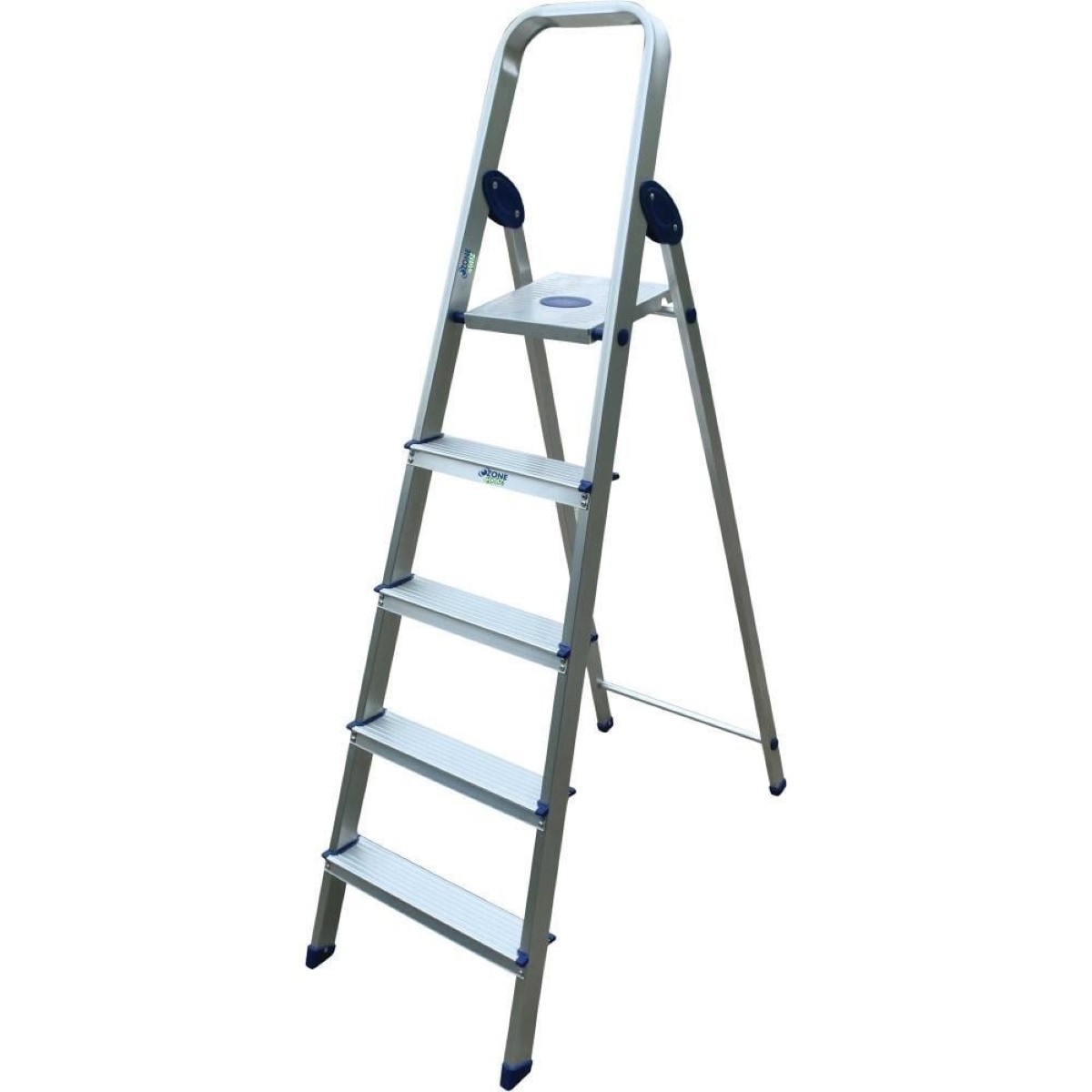
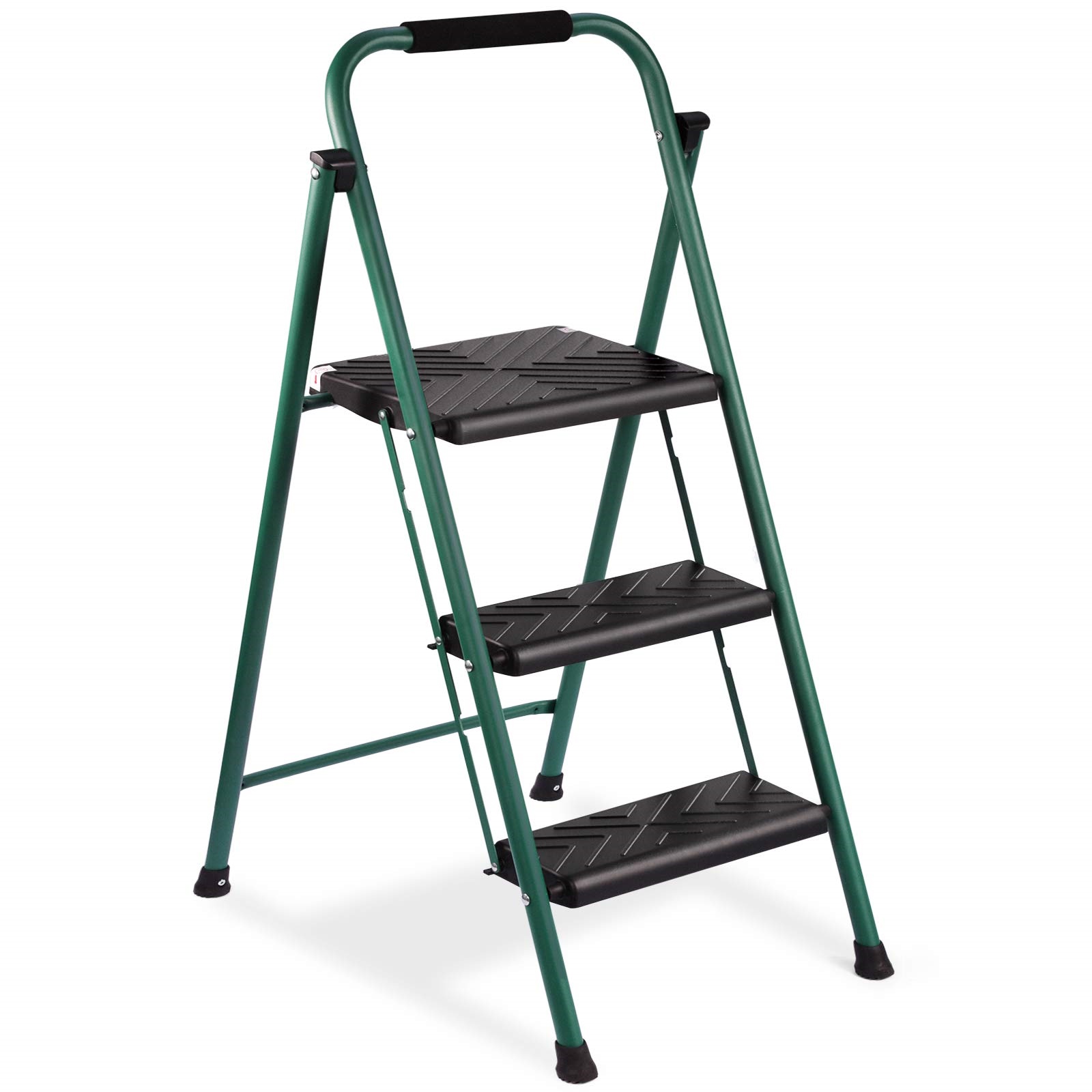
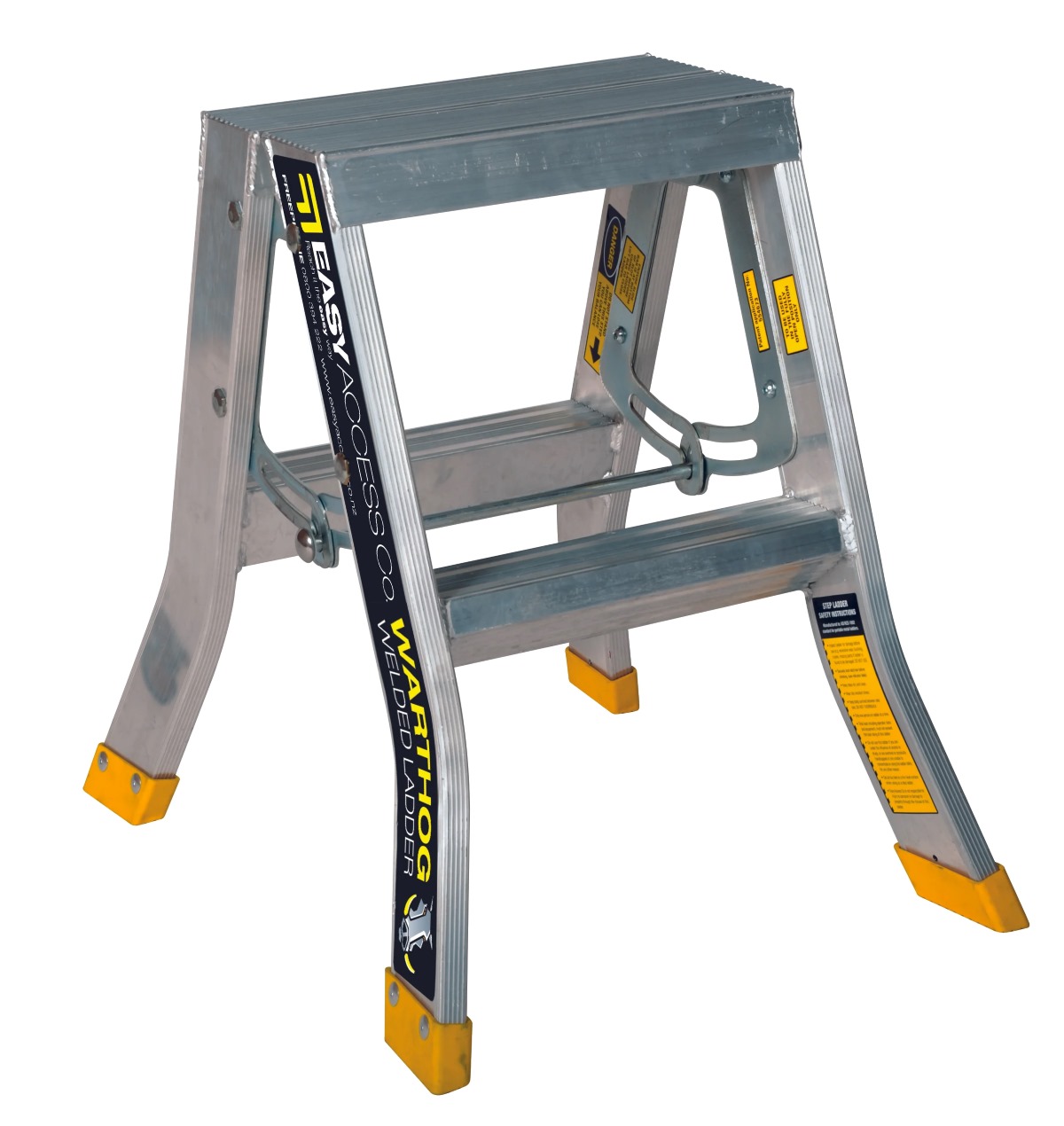

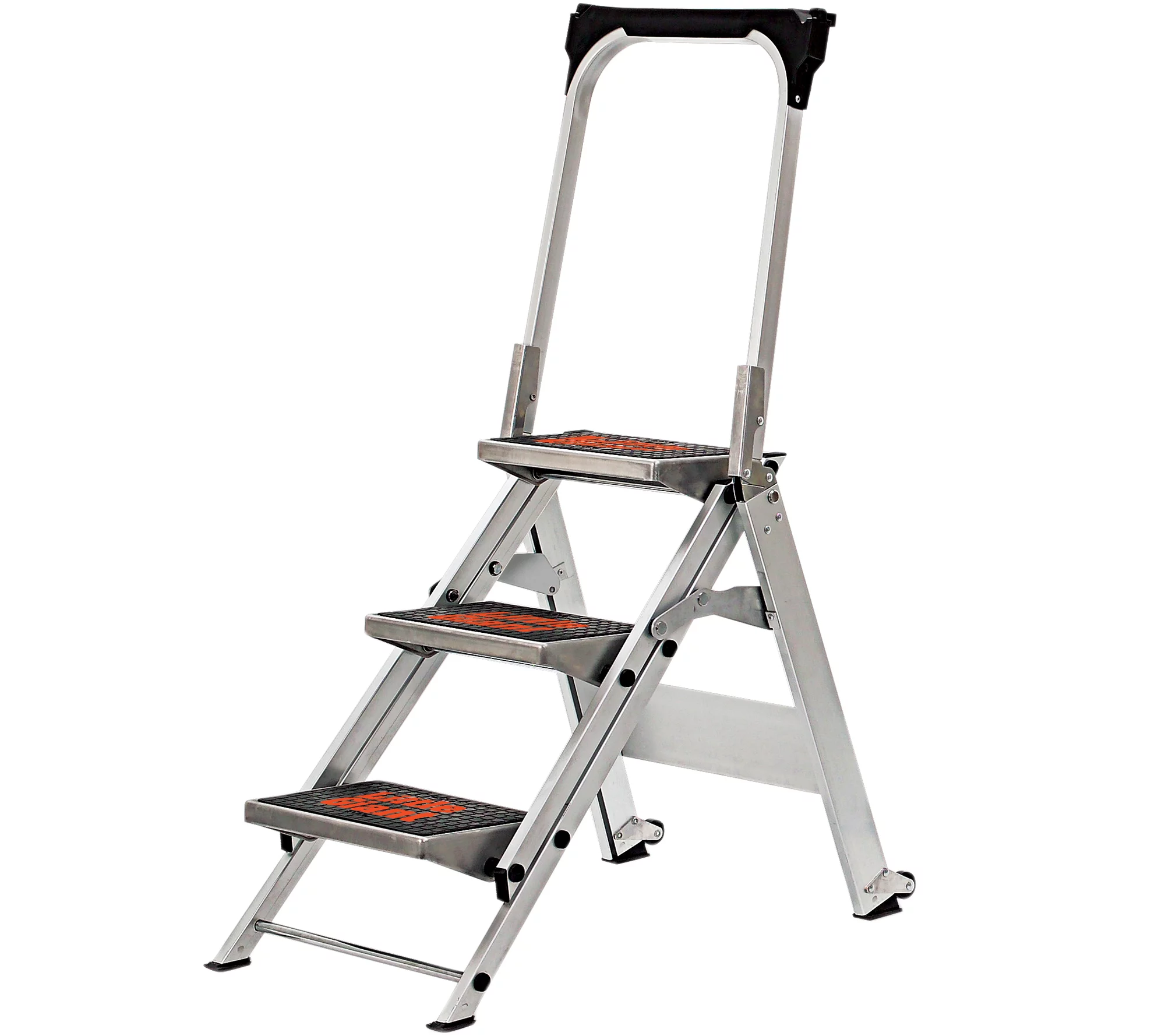
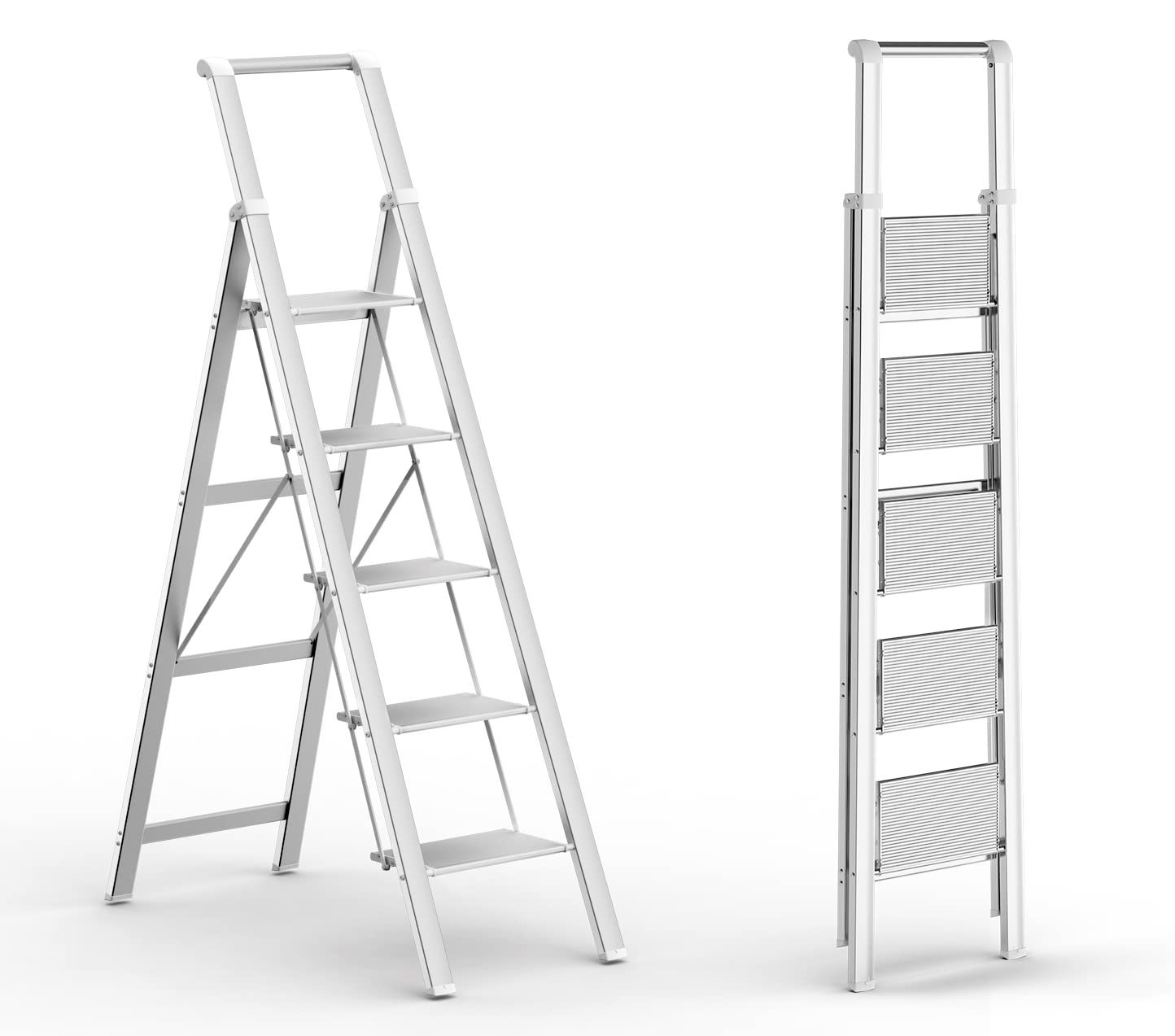
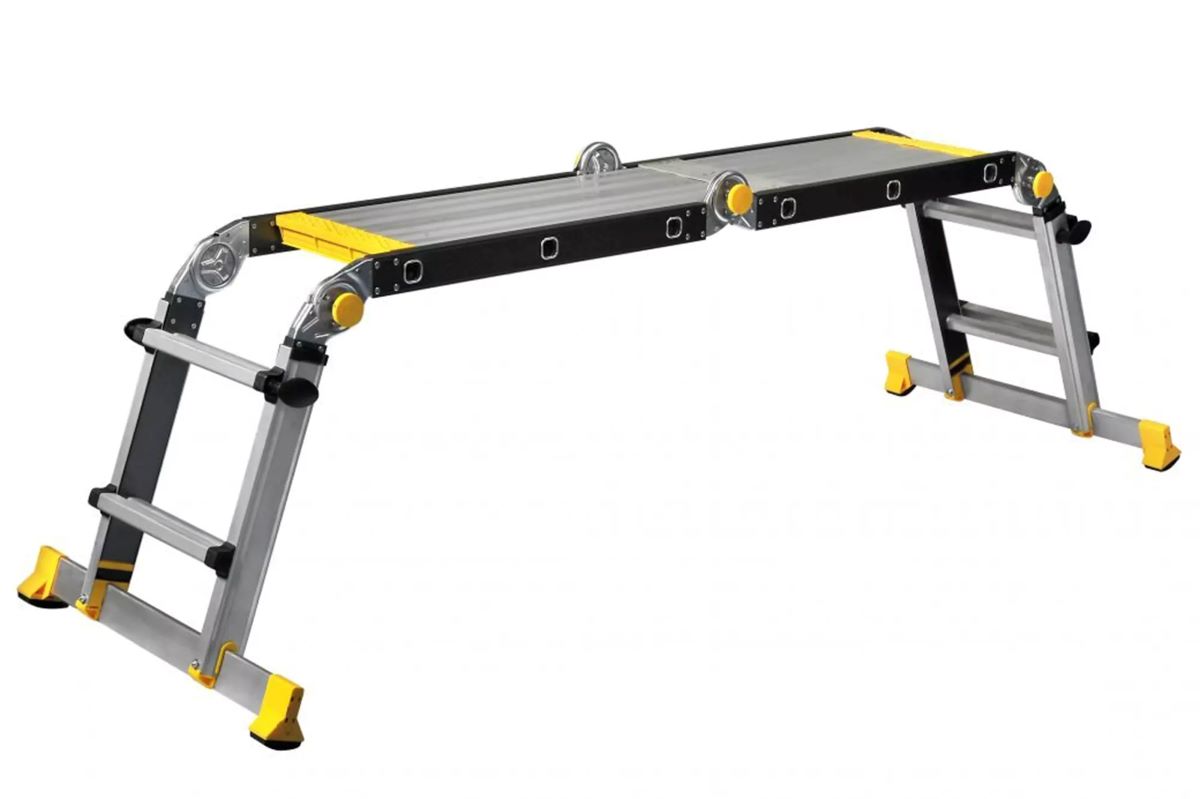
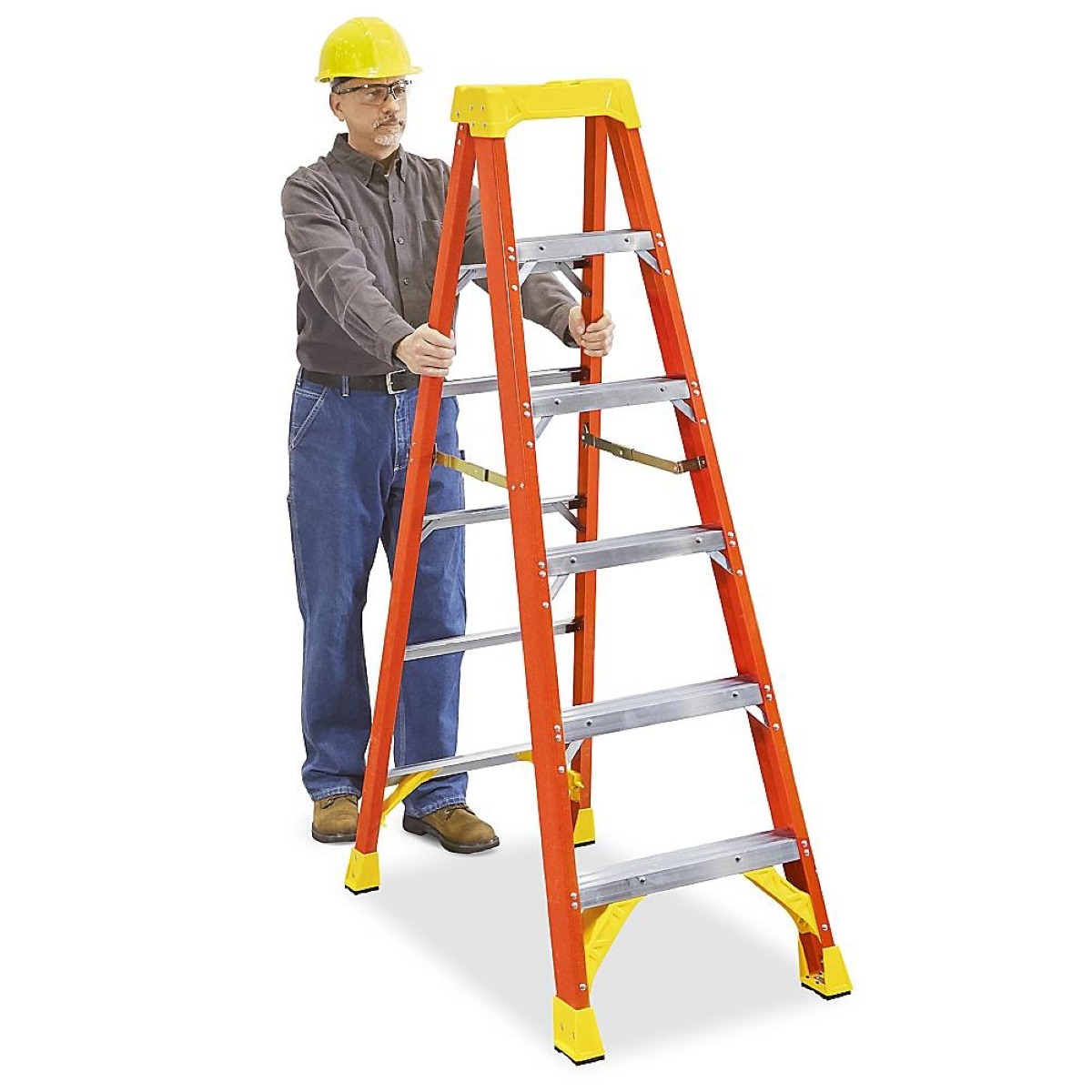
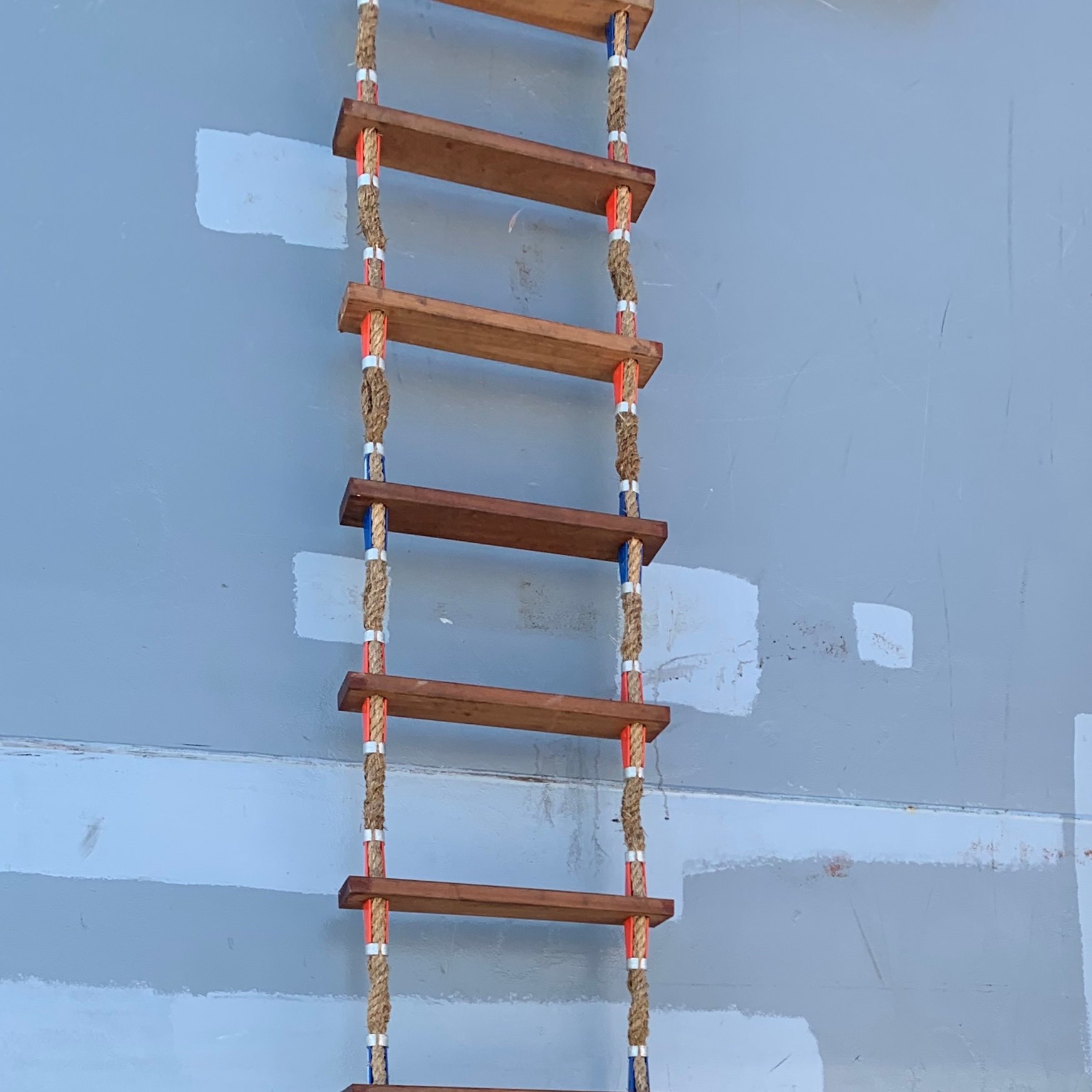

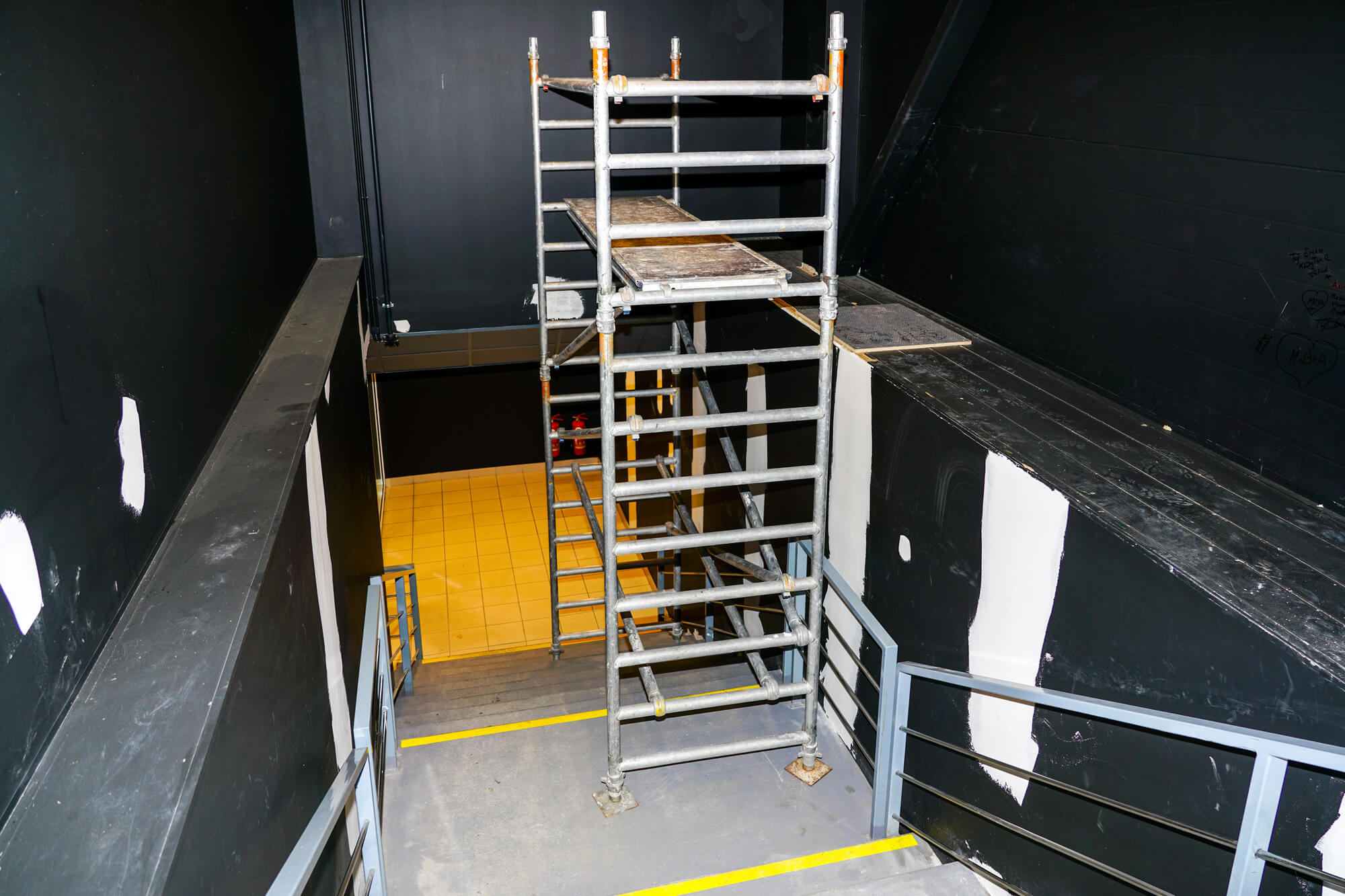

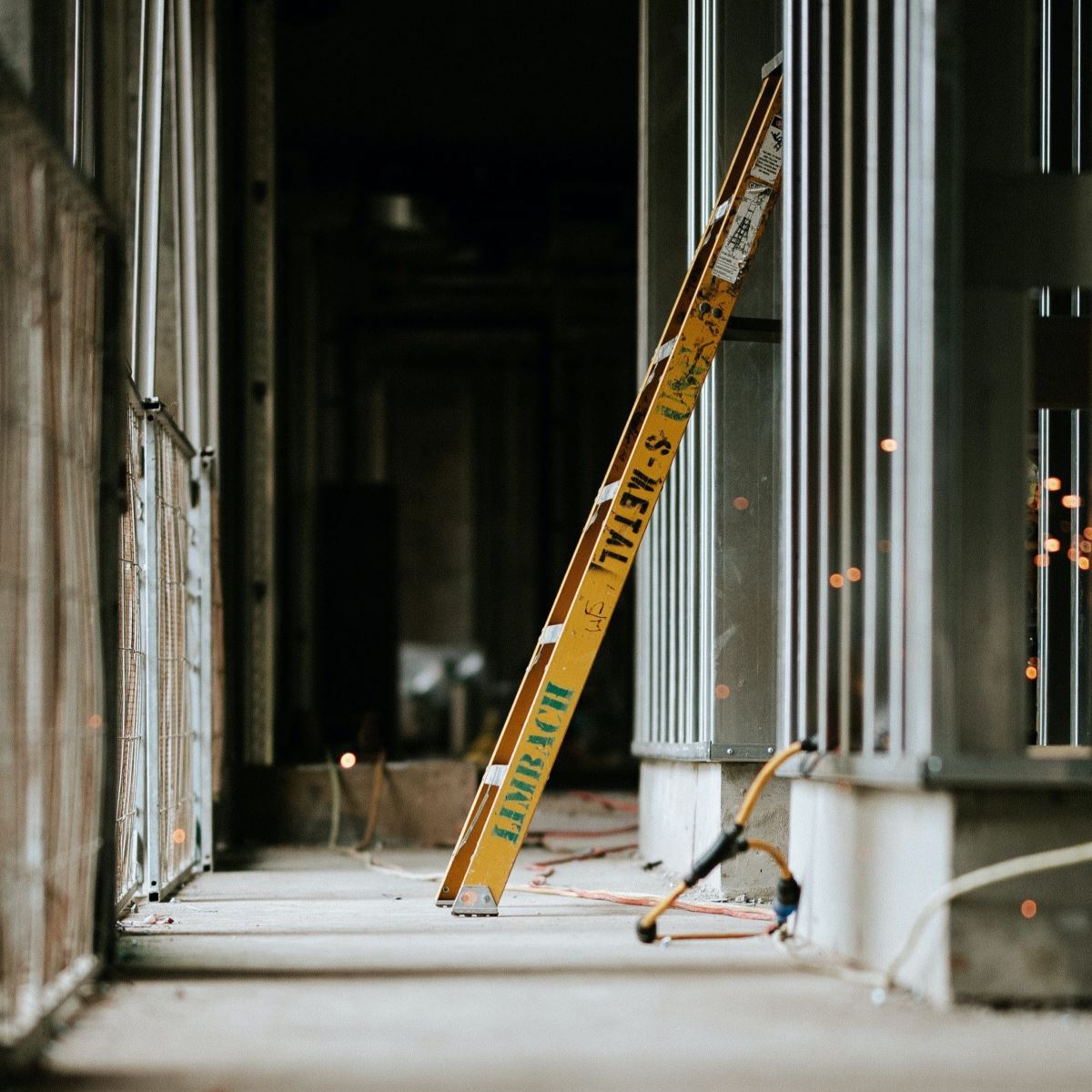


0 thoughts on “What Are Step Ladders Used For”